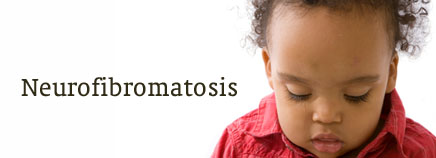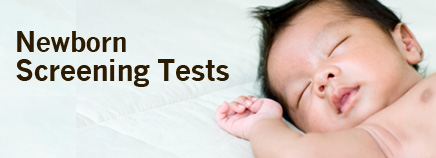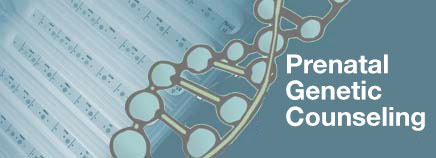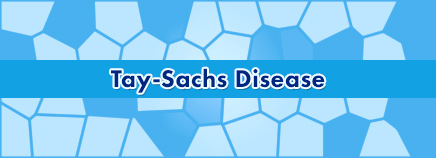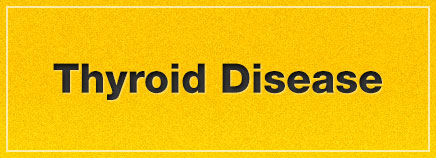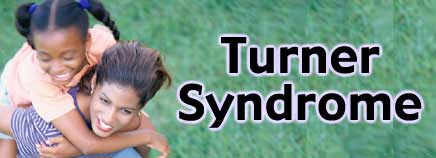About Neurofibromatosis Neurofibromatosis (NF) is a neurocutaneous syndrome that can affect many parts of the body, including the brain, spinal cord, nerves, skin, and other body systems. NF can cause growth of non-cancerous (benign) tumors involving the nerves and brain. NF can range from mild to severe. Some children live …
Newborn Screening Tests
About Newborn Screening Newborn screening is the practice of testing every newborn for certain harmful or potentially fatal disorders that aren’t otherwise apparent at birth. With a simple blood test, doctors often can tell whether newborns have certain conditions that eventually could cause problems. Although these conditions are rare and …
Prenatal Genetic Counseling
If you and your partner are newly pregnant, you may be amazed at the number and variety of prenatal tests available to you. Blood tests, urine tests, monthly medical exams, screening tests, and family history tracking — each helps to assess the health of you and your baby, and to …
Tay-Sachs Disease
Healthy babies develop vision, movement, hearing, and other vital functions in part because enzymes clear out fatty protein and other unwanted material that can interfere with growth. But a baby with Tay-Sachs disease is born without one of those important enzymes, hexosaminidase A (HEXA). So, as those fatty proteins build …
Thyroid Disease
The thyroid is a small gland located below the skin and muscles at the front of the neck, just at the spot where a bow tie would rest. It’s brownish red, with left and right halves (called lobes) that look like a butterfly’s wings. It’s light like a butterfly, too, …
Turner Syndrome
Turner syndrome, a medical disorder that affects about 1 in every 2,500 girls, is a genetic condition in which a female does not have the usual pair of two X chromosomes. Girls who have this condition usually are shorter than average and infertile due to early loss of ovarian function. …
What Is Epigenetics?
I have heard a little about “epigenetics” and how the genes of even great-grandparents can affect their descendants. But it seems complicated — can you explain the basics? – Leona Transgenerational epigenetic inheritance — or epigenetics, for short — doesn’t exactly roll off the tongue. Yet this idea that environmental factors …

